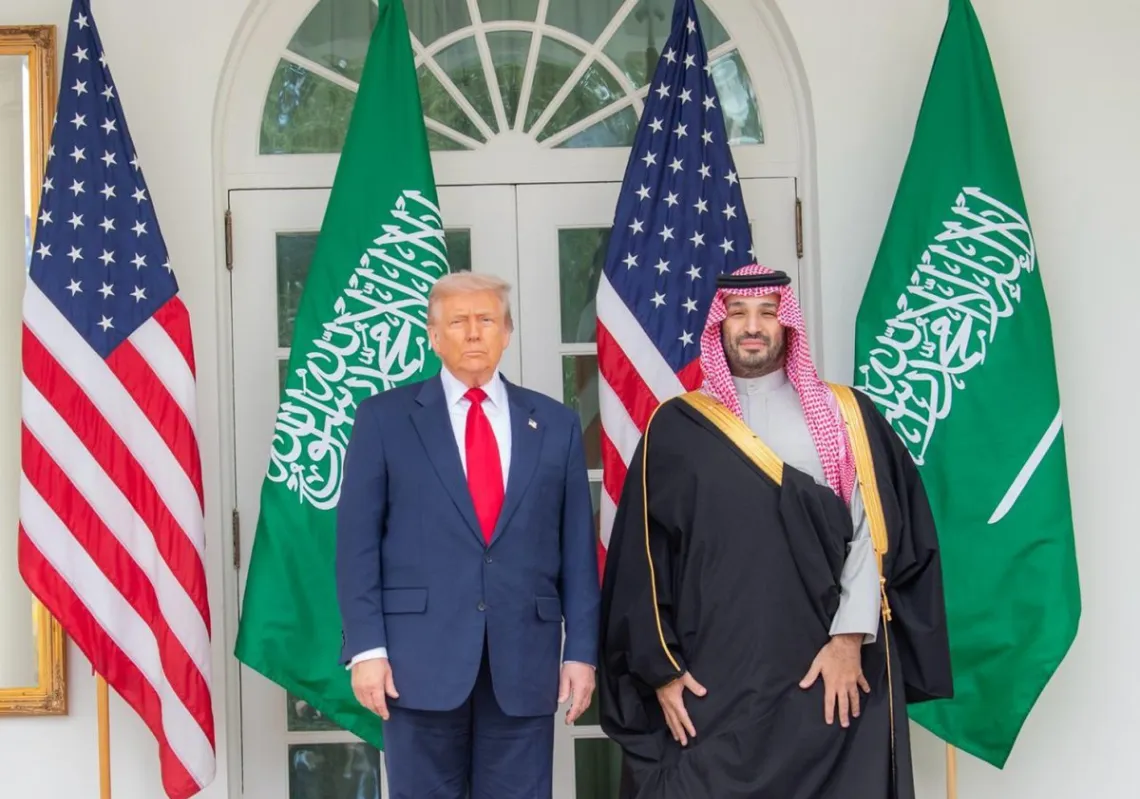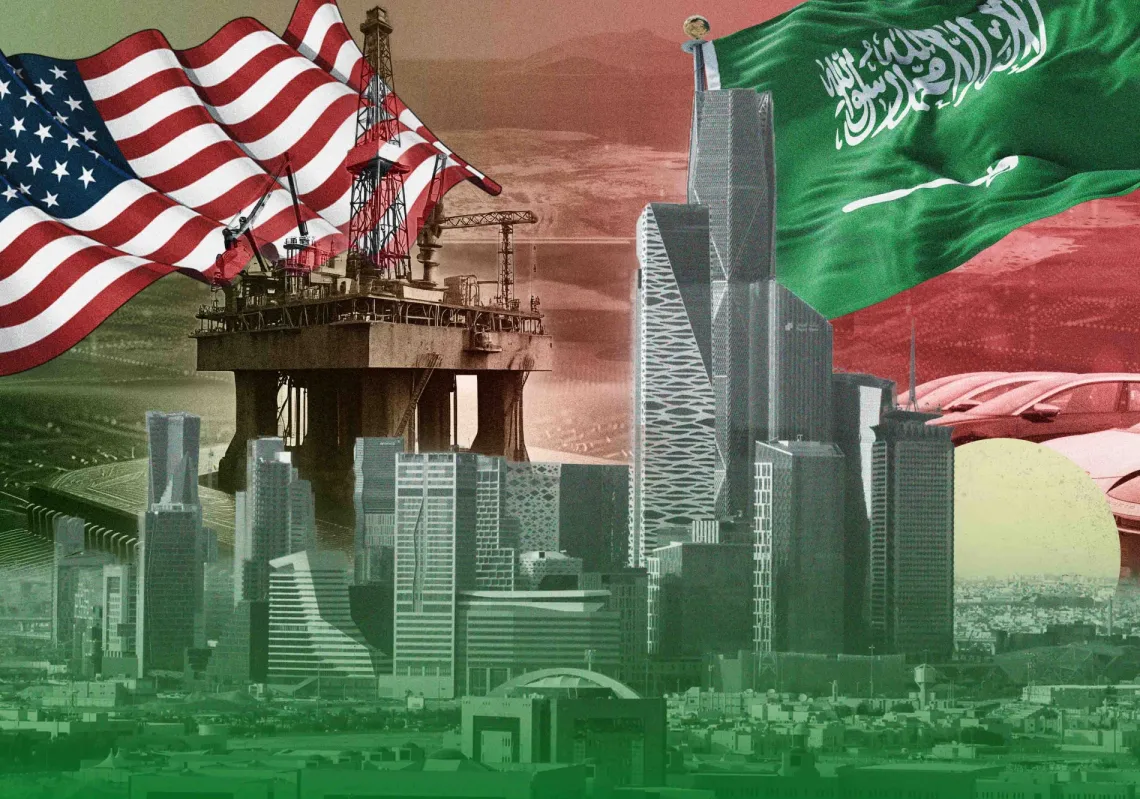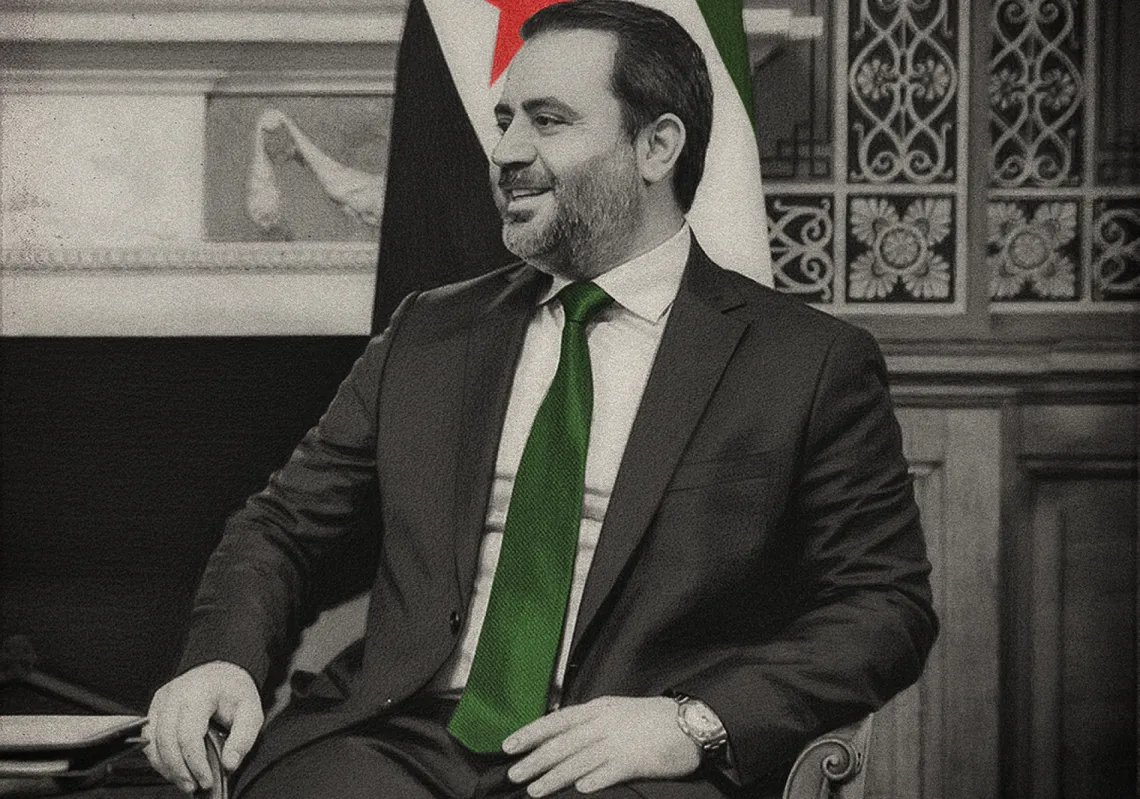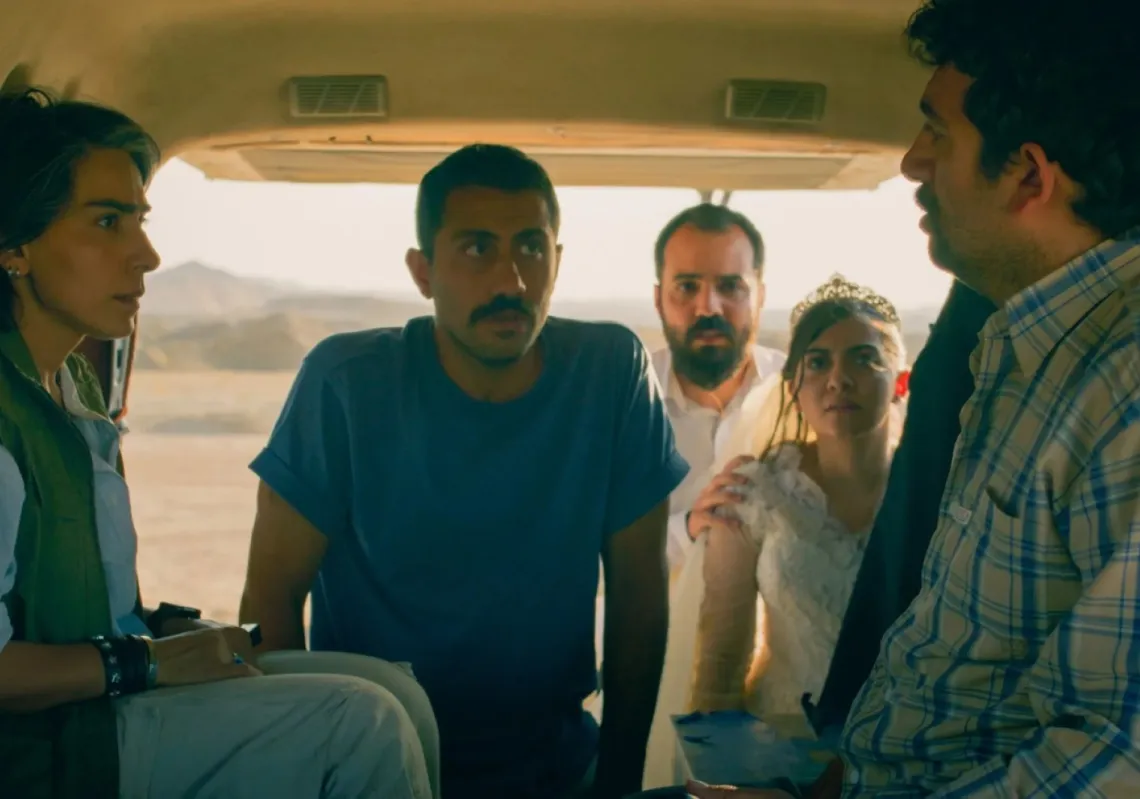Nothing exemplifies the decline of this special relationship like Pope Francis’ diplomacy in Ukraine. In the last year, U.S.-Russian rivalries have played out in that country through the division between factions of the Orthodox Church. In the last year, the Ukrainian Orthodox Church decisively split from the Moscow patriarchate, with the explicit approval of the United States. Francis did not follow the U.S. lead and instead cautioned Ukrainian Catholics not to meddle in the Orthodox proxy war. The pope has used his relationships with important players on all sides of the dispute—including in Moscow—to calm nerves. He has succeeded insofar as he has coaxed the antagonists into seeing one another’s humanity, which cut through the hostility in turn.
Francis’ discreet, behind-the-scenes mediation is of a piece with the approach to diplomacy he outlined in Evangelii Gaudium, his first papal exhortation, in 2013. In that exhortation, Francis emphasized four principles: that the whole is greater than the part, that unity prevails over conflict, that realities are more important than ideas, and that time is greater than space. Although abstract on first glance, the rules genuinely summarize his strategy, and reflect his desire to remain neutral among competing geopolitical powers, including the United States. This neutrality, in turn, is helping to restore the Holy See to its status as a major diplomatic player.
WHOLE AND FREE
Francis’ first guiding principle—that the whole is greater than the parts—can be seen in his reluctance to take sides within Ukraine’s religious conflict. Catholics make up no more than ten percent of Ukraine’s population, but they have long played an outsized role shaping national identity. The largest Catholic community is the Ukrainian Greek Catholic Church (UGCC), created in 1596 when a group of Orthodox bishops agreed to recognize Rome while maintaining Byzantine-rite liturgy. (Ukraine also has much smaller Latin and Ruthenian Catholic communities—a legacy of western Ukraine’s history as Polish and Austro-Hungarian territory.)
The UGCC has firmly attached itself to the pro-Western side of Ukraine’s internal conflict. One might have expected Francis to do so as well. In Buenos Aires, he was friendly with a UGCC archbishop, a former Soviet soldier named Sviatoslav Shevchuk, who at that time served a sizable Argentine diaspora. Shevchuk now leads the UGCC and was a prominent supporter of the 2014 Maidan protests that touched off the current conflict. Shevchuk has encouraged Christians to confront “terrorist violence and overt military aggression from abroad,” a clear reference to Russia’s military intervention in Ukraine.
The pope has rejected Shevchuk’s confrontational approach. When the archbishop described the conflict as a Russian “invasion,” Francis responded by condemning it as a “fratricidal war.” In February 2015, the pope politely told his Ukrainian bishops to stay out of politics, explaining that “the sense of justice and truth, before being political, is moral.”
For Francis, all conflict can be traced to interests, whether military, economic, or those related to national pride. But he is no more suspicious of Russian imperialism than of what he sees as U.S. imperialism—both Moscow and Washington, in his view, are equally self-interested and destructive. He therefore refuses to prioritize one group of Christians over another. The whole of Christianity is sacred, so peace must be found among its warring parts.
THE UNIVERSAL CHURCH
Francis’ second principle emphasizes unity over conflict. The unity he means to preserve is not only among fellow Catholics but also between Catholics and their Orthodox brothers.
Eastern Orthodoxy is a family of 14 autonomous local churches. The largest of these is the Russian Orthodox Church, with more than 100 million believers. In the 1960s, Rome sought to heal the schism with Eastern Orthodoxy, but the Russian church was locked behind the Iron Curtain. Pope Paul VI made peace with Athenagoras, the patriarch of Constantinople and “first among equals” within international Orthodoxy. In tandem, the U.S. government, which did not trust the communist-controlled leaders of the Russian church, promoted Athenagoras, a U.S. citizen, as global Orthodoxy’s main man. When Athenagoras was chosen as patriarch in 1949, he arrived in Istanbul on President Harry Truman’s presidential plane.
Pope Francis has grown particularly close to the current patriarch of Constantinople, Bartholomew. They’ve traveled together in the Holy Lands and Greek islands and visited each other at home, and this June Francis gave a relic of St. Peter to Constantinople. Yet Francis and his diplomats are also close to Patriarch Kirill and the Russian Orthodox Church. In this, he builds on the work of his two predecessors: in 1989, Pope John Paul II agreed to restore some diplomatic ties with the Soviet Union, and in 2010, Benedict XVI—who saw a deeply Christian Russia as an ally against the secular relativism of western Europe—fully normalized relations between Moscow and the Holy See.
Under Francis, the Vatican’s relationship with the Russian church—now backed by the Russian state—has flowered. Partly as a result of the pope’s pastoral prudence regarding Ukraine, in 2016, Putin green-lighted the first personal encounter between Francis and Kirill. At Havana’s international airport, the two leaders signed a joint declaration expressing shared religious, social, and political views. Three of the declaration’s 30 points pertained to the Ukrainian conflict, and the leaders pledged to hold the line against either church’s “taking part in the confrontation.” The UGCC leadership fumed, but in the pope’s view, pursuing Christian unity—Christ’s own last wish—requires Rome to function in a balanced, loving way. If Francis had openly leaned toward Lvov, he would have fanned the flames of religious war. Instead, he has preached restraint to those over whom he has most influence, UGCC leaders, hoping to model behavior for the Russian Orthodox Church in its relations with the faithful in Ukraine.
Moscow and Constantinople are now dueling over the status of a new Ukrainian Orthodox Church, which Bartholomew declared autocephalous (or independent from the Russian Orthodox Church) in 2018. The Russian church claims that Bartholomew was strong-armed into the declaration by former Ukrainian President Petro Poroshenko and the U.S. government. U.S. Secretary of State Mike Pompeo has declared Washington’s support for autocephaly in Ukraine. And again Francis ordered Ukrainian Catholics not to get involved.
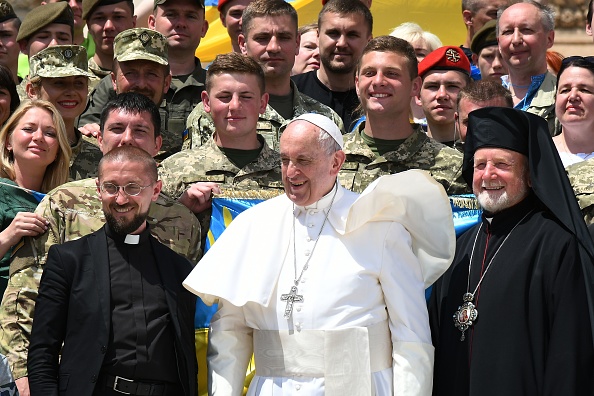
KEEPING IT REAL
The third of Francis’ principles is that realities are more important than ideas. Living through Argentina’s “dirty war,” Francis (then known as Jorge Bergoglio) grew to despise ideology.
He has brought this attitude to Ukraine, where he prefers to address the realities of poverty and war-weariness rather than adjudicate competing claims. Between 2016 and 2018, he raised $18 million for some 900,000 Ukrainians, most of them Orthodox, who either resided in the conflict zone or had been displaced from their homes. Food, medicine, social services to treat PTSD, and renovations to winterize homes and install boilers were the main expenditures. The aid has been directly delivered to desperate people and supervised by the papal nuncio, who said the pope told him that his role is more charitable than political.
Regarding the ecclesiastical conflict over the autocephaly of the Ukrainain Orthodox Church, Vatican diplomats don’t think the faithful are easily manipulated. The majority of Ukrainians belong to the Orthodox church affiliated with the Moscow patriarchate and will not casually leave their bishops and local priests. And many Orthodox believers do not feel compelled to declare themselves members of one “brand” or another. Indeed, since Poroshenko’s defeat in the presidential election this April, the Ukrainian government has abandoned its attempts to force Moscow-affiliated parishes to join the autocephalous Ukrainian church. In July, Ukraine’s new president, Volodymyr Zelensky, tweeted, “I urge the leaders of the churches to dialogue, in order to unite the faith, and not divide Ukrainians. In unity is our strength and our future.” It was a statement after Francis’ own heart.
TAKE IT SLOW
Francis believes that God’s hand is shown in history, and that his job is to encourage reconciliation without trying to control the outcome. With patience and persistence, good things evolve over time. This conviction—that time is greater than space—is the fourth principle shaping the Holy See’s diplomacy. In the pope’s view, politics is preoccupied with taking positions, gaining advantage, and occupying space in a manner that mimics military action. He prefers to advance slowly, through personal encounters that gradually build love and mutual respect.
Recent polling data bear out Francis’ intuition. As time passes, regular Ukrainians are becoming less polarized and more willing to “reconcile diversity,” to use Francis’ phrase from Evangelii Gaudium. Earlier this year, a Kiev public opinion poll found that among Ukrainians, favorable feelings toward Russia had increased from 30 percent in 2015 to 57 percent today.
CHRISTIAN DIPLOMACY
The pope’s neutral line on Ukraine is the latest example of how Catholic doctrine and Vatican diplomacy have diverged from U.S. foreign policy preferences since the end of the Cold War. Pope John Paul II, for instance, sent top diplomats to personally dissuade U.S. President George W. Bush from invading Iraq, prophetically warning Bush that the war would lead to countless casualties and long-term regional turmoil, including the scapegoating and repression of Christian communities.
In the Vatican’s view, the United States’ post–Cold War foreign policy has been overly militaristic and dismissive of the benefits of peaceful diplomacy. There have been notable exceptions—Rome strongly supported the Obama administration’s nuclear deal with Iran and its rapprochement with Cuba. In general, however, the Holy See is concerned that the United States has stopped exercising its once significant moral influence as a country striving to calm nerves, encourage liberal order, and facilitate peace, opting instead for counterproductive bellicosity.
Yet the United States’ aggressiveness has opened up space for the Vatican. Between America’s loss of prestige and the multiplication of conflicts around the world, there are fewer disinterested actors aiming to defuse conflicts and create space for alternative solutions. This week, the pope is embarking on a three-country tour of south eastern Africa, where he will deploy dialogue—informed by the four principles sketched above—as his primary method of diplomacy. Francis’ itinerary, which includes a visit to Mozambique to encourage a new peace agreement and a trip to Madagascar to bolster the country’s fragile transition back to constitutional government, suggests that there is no shortage of places eager for the Holy Father’s input.
This article was originally published on ForeignAffairs.com.



